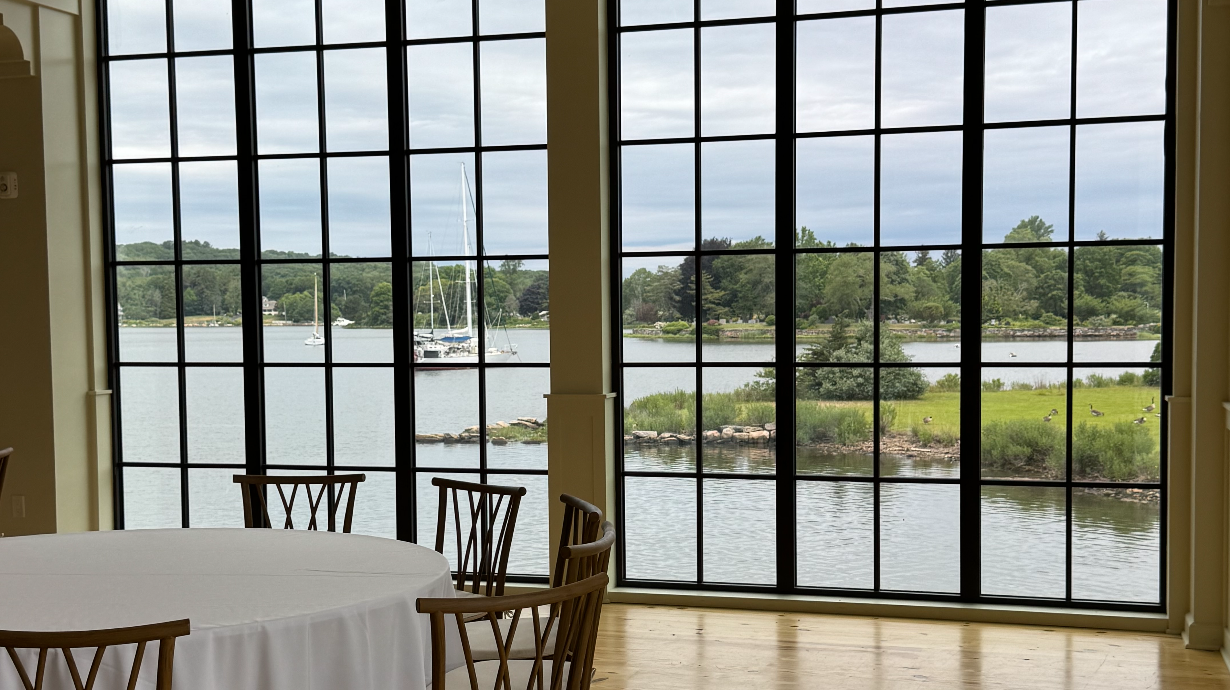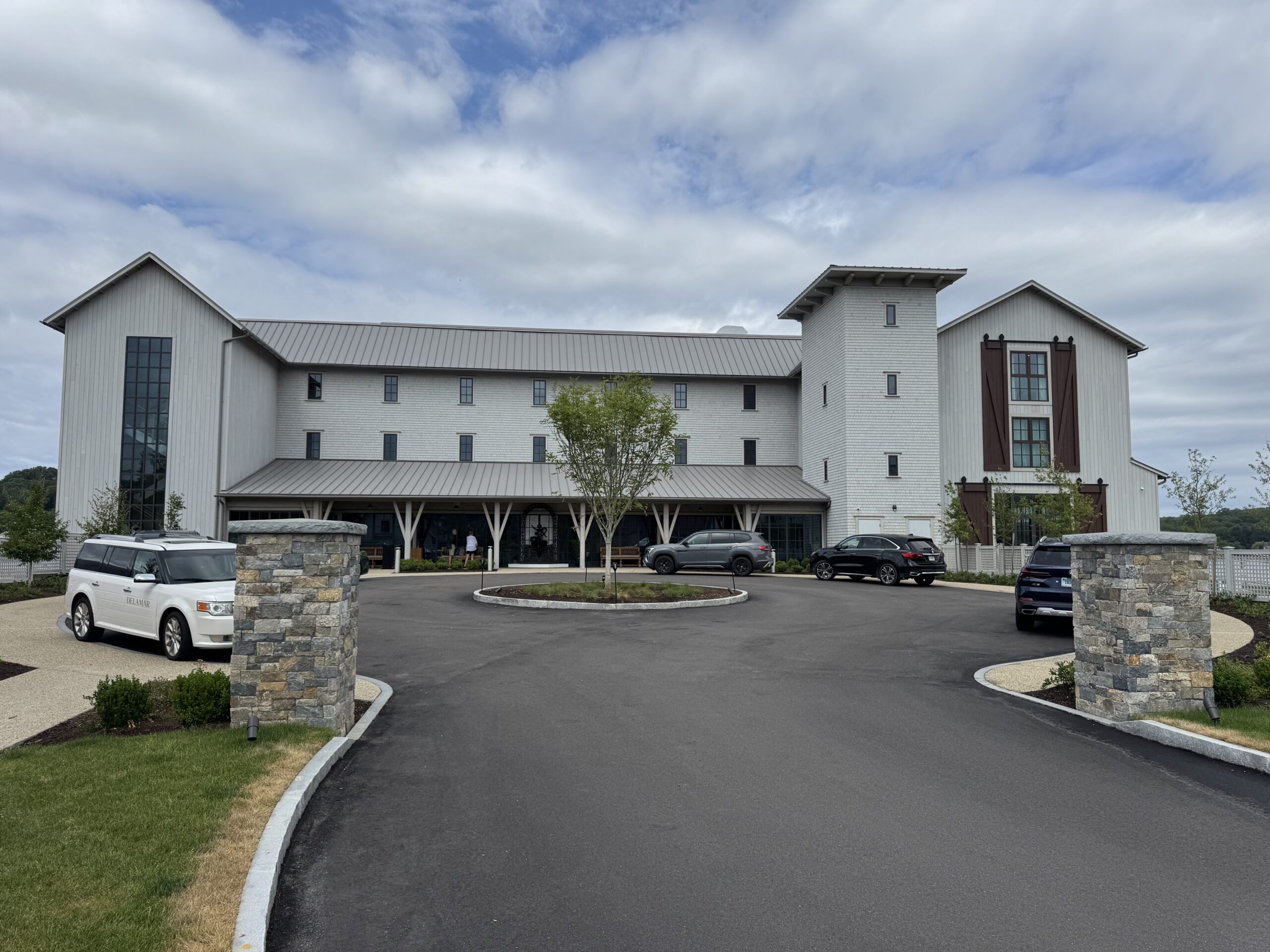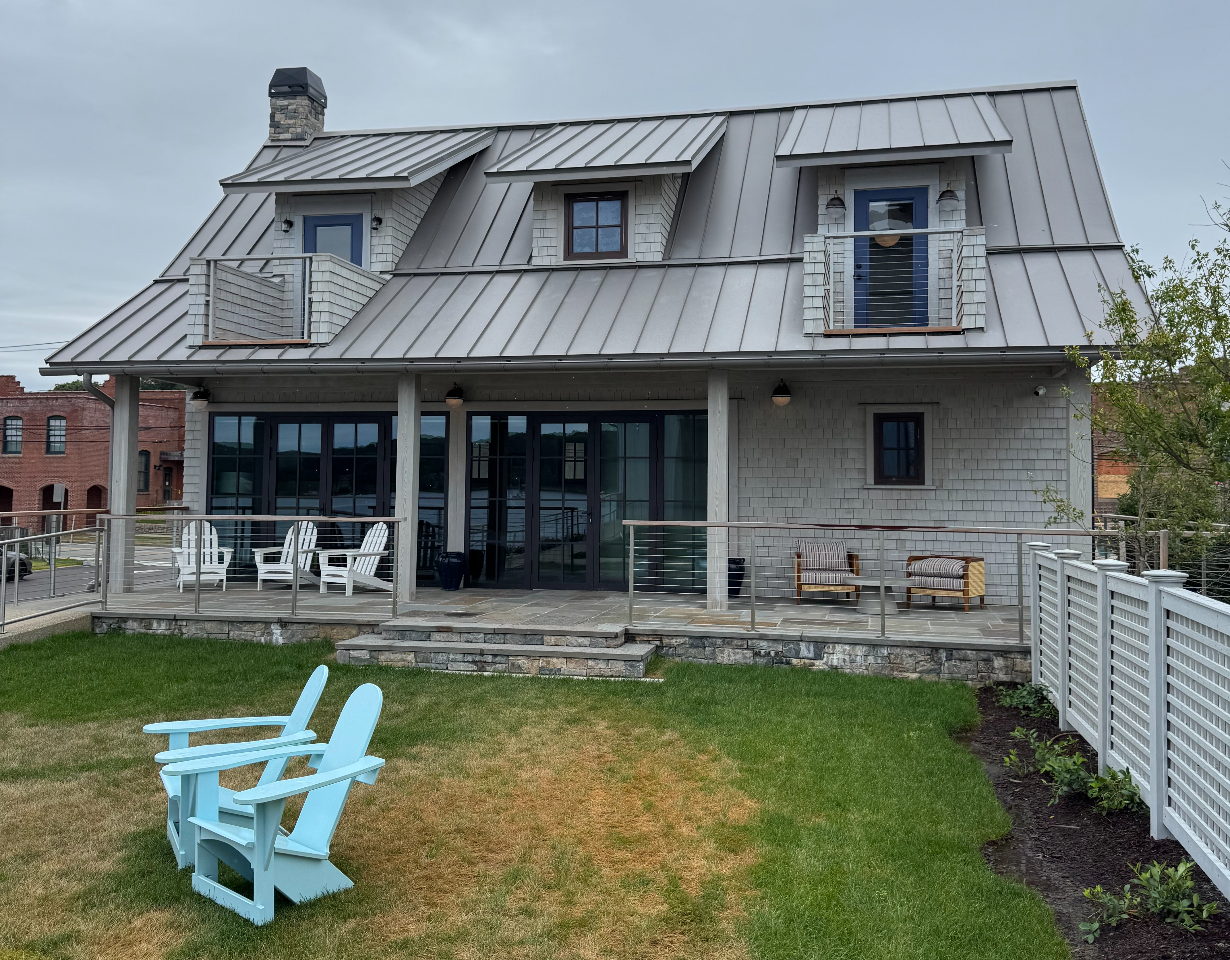Living along Connecticut’s beautiful coastline offers breathtaking views and a distinctive lifestyle, but it also presents unique challenges for homeowners. The combination of salt spray, high winds, humidity, and temperature fluctuations creates one of the most demanding environments for building materials—particularly windows. For coastal Connecticut residents, selecting the right windows isn’t merely an aesthetic choice but a critical investment in your home’s durability, comfort, and long-term value.
Understanding the Coastal Environment’s Impact on Windows
Connecticut’s shoreline along Long Island Sound creates a microclimate that can be particularly harsh on windows and doors. Before selecting windows for your coastal home, it’s important to understand exactly what they’ll face:
Salt Exposure and Corrosion
Salt is perhaps the most formidable enemy of standard window systems. When ocean water evaporates, salt particles become airborne and can travel surprising distances inland. This salt spray settles on windows, where it begins its corrosive work on frames, hardware, and seals. Over time, this corrosion can lead to operational issues, air leaks, water infiltration, and eventually, complete window failure.
The effect is most severe within a quarter-mile of the shoreline but can impact homes up to several miles inland, particularly during stormy conditions when salt spray travels farther. In Connecticut coastal towns like Darien, Greenwich, and Old Saybrook, even homes not directly on the water may require salt-resistant window materials.
Wind and Pressure Challenges
Coastal Connecticut experiences stronger and more consistent winds than inland areas. During nor’easters and occasional hurricanes, wind speeds can exceed 70 mph, creating significant pressure differentials on window surfaces. This pressure can strain window seals, connections, and even the glass itself.
Windows not specifically designed for coastal conditions may experience seal failures, allowing water intrusion and air leakage. In extreme cases, inadequate windows might even fail structurally, posing safety risks during severe weather events.
Moisture and Humidity Concerns
The combination of high humidity and salt creates an especially corrosive environment. Condensation forms more readily on windows in coastal areas, potentially leading to mold, mildew, and rot in and around window frames—particularly if they’re made of vulnerable materials.
Key Features for Coastal Windows
When selecting windows for your Connecticut coastal home, look for these critical features:
Corrosion-Resistant Frame Materials
The choice of frame material is perhaps the most important decision for coastal windows:
Aluminum with Marine-Grade Finish: High-quality aluminum frames with specialized finishes offer excellent resistance to coastal conditions. Rhea’s MB-70 and MB-86 aluminum window systems feature advanced powder coating that provides a protective barrier against salt and moisture. For homes within a quarter-mile of the shore, AAMA 2605-rated finishes provide the highest level of protection against corrosion.
UPVC (Unplasticized Polyvinyl Chloride): UPVC windows like Kömmerling 88 MD systems are inherently resistant to salt corrosion. Unlike wood or metal, UPVC doesn’t rust, rot, or corrode when exposed to salt air. Modern multi-chamber UPVC profiles offer excellent strength despite their light weight, with thermal efficiency that outperforms many other materials.
Thermally Broken Aluminum: These sophisticated frames combine aluminum’s strength with improved insulation by incorporating a non-conductive barrier between the interior and exterior frame sections. Rhea’s MB-79N and COR 70 Industrial RPT systems use polyamide thermal breaks to resist heat transfer while maintaining aluminum’s structural integrity—perfect for the variable temperatures of Connecticut coastal areas.
Hardware That Can Withstand Salt Exposure
Window hardware is particularly vulnerable to salt corrosion, making material selection crucial:
316L Marine-Grade Stainless Steel: This high-performance stainless steel contains molybdenum, which provides superior resistance to salt corrosion. For coastal homes, insist on 316L stainless steel for all exposed hardware including hinges, handles, and locking mechanisms.
PVD-Finished Hardware: Physical Vapor Deposition (PVD) creates an extremely durable, corrosion-resistant finish on metal hardware. This molecular-level coating significantly extends the life of window hardware in coastal environments.
Impact-Resistant Glass Considerations
While Connecticut doesn’t have the same hurricane code requirements as Florida, selecting impact-resistant or laminated glass provides valuable benefits for coastal homes:
Laminated Glass: Similar to car windshields, laminated glass includes a durable interlayer that holds the glass together even if it cracks. This provides protection against flying debris during storms and offers the added benefits of enhanced security and superior sound insulation—particularly valuable when blocking the sound of crashing waves or busy harbor activities.
Insulated Glass Units (IGUs): Double or triple-glazed windows with sealed spaces between panes provide superior thermal performance. For coastal homes, look for IGUs with warm-edge spacers that resist temperature transfer and are less prone to seal failures in fluctuating coastal temperatures.
Superior Sealing Systems
The sealing system is your window’s first line of defense against water infiltration:
Multi-Point Locking Systems: Windows with multiple locking points create more uniform compression of weather seals, improving resistance to air and water infiltration. Rhea’s European window systems feature sophisticated multi-point locking that ensures tight seals even during high winds.
Triple Gasket Systems: Advanced European designs like the Kömmerling 76 MD incorporate three continuous seals around the window perimeter, creating redundant barriers against water and air. These systems significantly outperform traditional single-seal designs in coastal applications.
Specific Window Types for Different Coastal Settings
The ideal window choice may vary depending on your home’s exact location and exposure:
Direct Waterfront Properties
Homes with direct ocean exposure face the most extreme conditions and require the highest performance windows:
Tilt and Turn Windows: These European-style windows offer superior weatherproofing with multi-point locking around the entire sash perimeter. When closed, they compress against multiple gaskets, creating exceptionally tight seals. The Kömmerling 88 MD system is particularly well-suited for direct waterfront exposure.
Fixed Windows: For unobstructed views where ventilation isn’t required, fixed windows provide maximum weather resistance since they don’t have operating parts that could fail. Consider Rhea’s MB-SR50N EFEKT semi-structural facade system for panoramic ocean views with minimal visual obstruction.
Properties Within a Mile of Shore
Homes close to but not directly on the water still require salt-resistant materials but may have more flexibility:
Casement Windows: These side-hinged windows seal tightly when closed as wind pressure pushes the sash against the frame. Rhea’s MB-59 CASEMENT system provides excellent performance in moderately salt-exposed environments.
Lift and Slide Doors: For access to decks and patios, lift and slide doors like the Kömmerling PREMIDOOR 76 provide better weather resistance than standard sliding doors because they create a tighter seal when locked in the closed position.
Energy Efficiency Considerations for Coastal Windows
Connecticut’s coastal climate includes hot, humid summers and cold, windy winters, making energy efficiency crucial:
Low-E Glass Coatings: These microscopic coatings reflect infrared light, keeping heat inside during winter and outside during summer. For coastal homes with expansive water views, Low-E coatings help control solar heat gain while preserving natural light.
Gas-Filled Insulated Glass: Windows with argon or krypton gas between panes provide superior insulation. The Rhea IDEAL 8000 window system accommodates high-performance triple glazing with exceptional thermal values as low as 0.76 W/m²K.
Maintenance Requirements for Coastal Windows
Even the best coastal windows require some maintenance to ensure longevity:
Regular Rinsing: Establish a routine of rinsing windows with fresh water every 1-3 months (more frequently for direct waterfront properties) to remove salt buildup before it can cause corrosion.
Annual Inspections: Check weather seals, drainage channels, and hardware operation yearly, addressing any issues promptly before they lead to water intrusion or operational problems.
The Investment Value of Quality Coastal Windows
While premium coastal-rated windows represent a significant investment, they deliver exceptional long-term value:
Extended Lifespan: Quality European window systems from manufacturers like Rhea can last 30+ years in coastal environments with proper maintenance, compared to 5-10 years for standard windows not designed for salt exposure.
Reduced Energy Costs: The superior thermal performance of systems like the Kömmerling 88 MD can reduce heating and cooling costs by 25-40% compared to older windows, providing ongoing returns on your investment.
Enhanced Property Value: When selling your coastal Connecticut home, high-performance windows designed specifically for maritime conditions become a valuable selling point that distinguishes your property from others on the market.
Conclusion
Selecting windows for your Connecticut coastal home requires careful consideration of environmental factors, material performance, and long-term value. By choosing specialized systems designed for coastal conditions—like Rhea’s premium European window and door solutions—you can enjoy your waterfront lifestyle with confidence, knowing your home is protected against the unique challenges of Connecticut’s beautiful but demanding shoreline environment.
Frequently Asked Questions
What are the best windows for coastal properties?
The best windows for coastal properties are those with corrosion-resistant frames like marine-grade finished aluminum or UPVC, 316L stainless steel hardware, and multi-point locking systems with triple gasket seals.
What are the most weather resistant windows?
European tilt-and-turn windows with multi-point locking mechanisms and triple gasket systems, like the Kömmerling 88 MD or Rhea MB-86 systems, offer superior weather resistance for extreme conditions.
What are the best windows for strong winds?
Casement windows and tilt-and-turn designs that seal tightly against multiple gaskets when closed perform best in strong winds, as the wind pressure actually enhances their seal rather than compromising it.
What is the strongest type of window?
Thermally-broken aluminum windows with laminated impact-resistant glass provide the best combination of frame strength and glass durability, particularly models like the Rhea MB-86 system with multi-chamber design and reinforced corners.




